Related Research Articles

Fin de siècle is a French term meaning 'end of century', a phrase which typically encompasses both the meaning of the similar English idiom turn of the century and also makes reference to the closing of one era and onset of another. Without context, the term is typically used to refer to the end of the 19th century. This period was widely thought to be a period of social degeneracy, but at the same time a period of hope for a new beginning. The "spirit" of fin de siècle often refers to the cultural hallmarks that were recognized as prominent in the 1880s and 1890s, including ennui, cynicism, pessimism, and "a widespread belief that civilization leads to decadence".
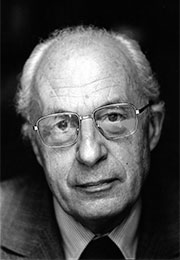
Philippe Ariès was a French medievalist and historian of the family and childhood, in the style of Georges Duby. He wrote many books on the common daily life. His most prominent works regarded the change in the western attitudes towards death.
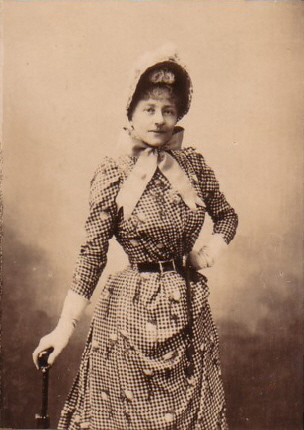
Sibylle Aimée Marie-Antoinette Gabrielle de Riquetti de Mirabeau, Comtesse de Martel de Janville was a French writer who wrote under the pseudonym Gyp.
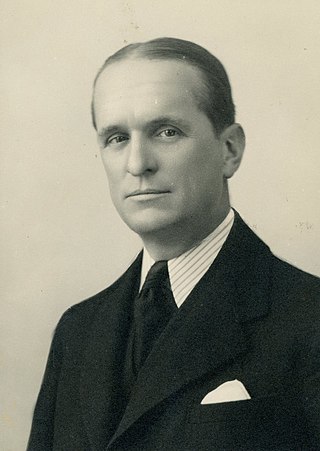
François de La Rocque was the leader of the French right-wing league the Croix de Feu from 1930 to 1936 before he formed the more moderate nationalist French Social Party (1936–1940), which has been described by several historians, such as René Rémond and Michel Winock, as a precursor of Gaullism.

Michel Winock is a French historian, specializing in the history of the French Republic, intellectual movements, antisemitism, nationalism and the far right movements of France. He is a professeur des universités in contemporary history at the Institut d'Etudes Politiques de Paris (Sciences-Po) and member of L'Histoire magazine's editing board. Winock has also worked as a reporter for Le Monde.

Victor Dave was a Belgian editor and journalist best known for his work on anarchist publications and in the International Workingmen's Association.

Édouard-Henri Avril was a French painter and commercial artist. Under the pseudonym Paul Avril, he was an illustrator of erotic literature.

Félix Fénéon was a French art critic, gallery director, writer and anarchist during the late 19th century and early 20th century. He coined the term Neo-Impressionism in 1886 to identify a group of artists led by Georges Seurat, and ardently promoted them.
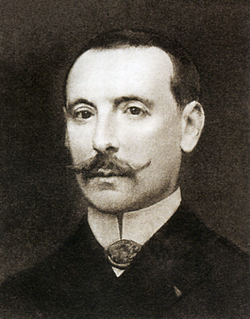
Henri Béraldi was a French bibliophile, publisher and author of books on the Pyrenees and on French printmakers of the 19th century.
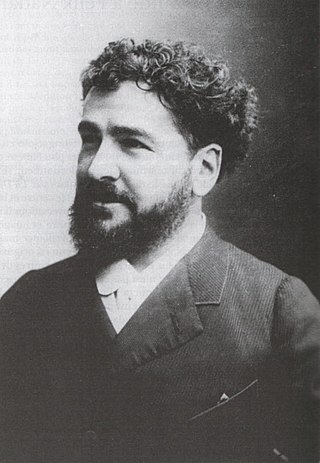
Octave Uzanne was a 19th-century French bibliophile, writer, publisher, and journalist.
The Hroswitha Club was a membership-based club of women bibliophiles and collectors based in New York City, active from 1944 to 2004.

Armand Rassenfosse was a largely self-taught Belgian graphic artist, book illustrator and painter. His masterwork was a set of illustrations for Charles Baudelaire's Les Fleurs du mal.

Charles Bodinier was a French theater manager. After working for the Comédie-Française he became director of the Théâtre d'Application and then of the Théâtre La Bodinière. La Bodinière appealed to an elite audience, and staged a variety of lectures and performances until Bodinier retired in 1902.

Count Isaac de Camondo was a member of the House of Camondo, noted primarily as an art collector with a noteworthy interest in the then "avant-garde" artists of the Impressionist and Post-Impressionist movements. He bequeathed his collection to The Louvre in 1908, for which a new suite of exhibition rooms was arranged on the second floor of the wing between the Pavillon Mollien and the Grande Galerie and opened in mid-1914.

Adolphe Lalauze was a prolific French etcher who made the illustrations for many books. He won various awards and was made a knight of the Legion of Honour.
Debora Leah Silverman is professor and University of California Presidential Chair in Modern European History, Art and Culture at the University of California, Los Angeles. She received her PhD from Princeton University in 1983. She is a specialist in the history of Art Nouveau. She was a Guggenheim fellow in 1992 in fine arts research.

As of 2018, Wolters Kluwer ranks as the Dutch biggest publisher of books in terms of revenue. Other notable Dutch houses include Brill and Elsevier.
Anarchism in Uruguay held a major importance in the organization of the labor movement. The history of the libertarian movement in Uruguay was closely linked to issues circulating internationally: the immigration of Spanish and Italian workers in particular had a major influence in its development, but the relations between revolutionary movements across Latin America, and in particular with Argentina and Brazil were equally significant.

Paul Sébastien Gallimard was a French art collector, bibliophile and theatre owner. He was the father of publisher Gaston Gallimard.

François Hippolyte Walferdin was a French politician, physicist, art collector, editor, and writer.
References
- ↑ https://kochfuneralhome.com/tribute/details/3019/Willa-Silverman/obituary.html
- ↑ "Weddings; Willa Silverman, Michael Berkman". The New York Times . 15 August 1993. Retrieved 27 May 2015.
- ↑ Dreifus, Erika (1995). "The Notorious Life of Gyp: Right-Wing Anarchist in Fin-de-Siècle France by Willa Z. Silverman". French Politics and Society. 13 (3). Berghahn Books: 124–126. ISSN 0882-1267. JSTOR 42844497. OCLC 5792573631.
- ↑ Kleine-Ahlbrandt, Laird (1996). "The Notorious Life of Gyp, Right-Wing Anarchist in Fin-de-Siècle France (review)". Shofar: An Interdisciplinary Journal of Jewish Studies. 15 (1). Purdue University Press: 186–188. doi:10.1353/sho.1996.0080. ISSN 0882-8539. OCLC 5792986678.
- ↑ Moses, Claire G (December 1996). "The Notorious Life of Gyp: Right-Wing Anarchist in Fin-de-Siècle France by Willa Z. Silverman". The American Historical Review . 101 (5). Oxford University Press/American Historical Association: 1559–1560. doi:10.2307/2170241. ISSN 1937-5239. JSTOR 2170241. OCLC 5545346987.
- ↑ Richardot, Anne (2000). "Géraldi Leroy, Julie Bertrand-Sabiani, La Vie littéraire à la Belle Époque, Paris, PUF, coll. " Perspectives littéraires ", 1998 ; Willa Z. SILVERMAN, Gyp, la dernière des Mirabeau, Paris, Perrin, 1998, traduit de l'anglais par Françoise Werner, préface de Michel Winock. "". Clio. Femmes, genre, histoire (in French) (11). Presses universitaires du Mirail. ISSN 1777-5299. OCLC 767717814.
- ↑ Davidson, Denise Z (April 2010). "Review: Willa Z. Silverman, The New Bibliopolis: French Book Collectors and the Culture of Print 1880—1914, University of Toronto Press: Toronto, 2008; 312 pp., 60 illus.; 9780802092113, $75.00/£48.00 (hbk)". European History Quarterly. 40. SAGE Publications: 372–374. doi:10.1177/02656914100400020655. ISSN 1461-7110. OCLC 4654643554.
- ↑ Haynes, Christine (2010). "The New Bibliopolis: French Book Collectors and the Culture of Print, 1880-1914 by Willa Z. Silverman". French Politics, Culture & Society. 28 (3). Berghahn Books: 128–131. doi:10.2307/42843677. ISSN 1558-5271. JSTOR 42843677. OCLC 701579138.
- ↑ Schulman, Peter (2010). "Willa Z. Silverman. The New Bibliopolis: French Book Collectors and the Culture of Print, 1880–1914. (Studies in Book and Print Culture, number 21.) Buffalo, N.Y.: University of Toronto Press. 2008. Pp. xvii, 312. $75.00". The American Historical Review . 115 (3). Oxford University Press/American Historical Association: 901–902. doi:10.1086/ahr.115.3.901. ISSN 1937-5239. OCLC 649182323.